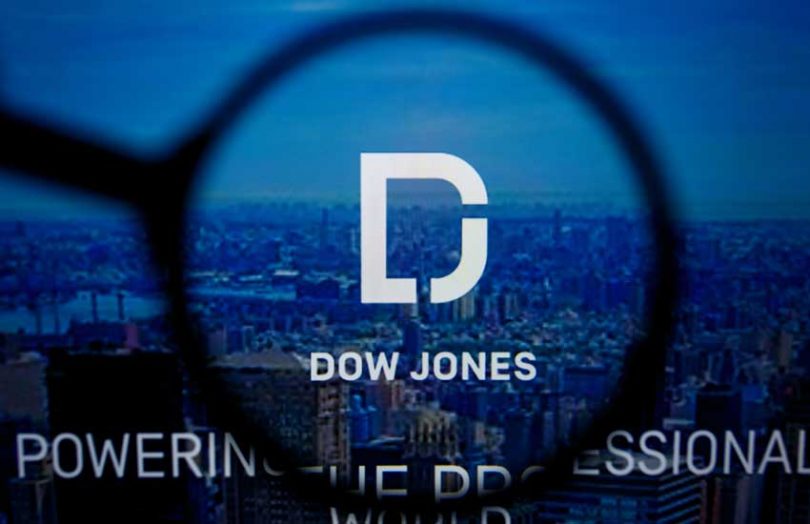Earlier this week, compliance solutions provider EastNets announced that 28 financial institutions were using its blockchain-based watchlist update offering. The solution helps banks to comply with anti money laundering (AML) and counter terrorism (CTF) financing rules. Banks use the watchlist to determine whether or not to block payments. The firm worked with Dow Jones Risk & Compliance to update a feed of sanction alerts over a private blockchain network.
Some governments have sanctions targeted at specific countries, but many have restrictions regarding certain types of goods, such as the sale of nuclear materials.
Dow Jones compiles a Sanctions Alert, a watchlist of high-risk individuals and entities which are of interest to financial institutions. This list is continuously updated, which makes it essential for financial institutions to be on top of it. If one update was deliberately omitted, it could allow a transaction to slip through.
Article continues …

Want the full story? Pro subscribers get complete articles, exclusive industry analysis, and early access to legislative updates that keep you ahead of the competition. Join the professionals who are choosing deeper insights over surface level news.






